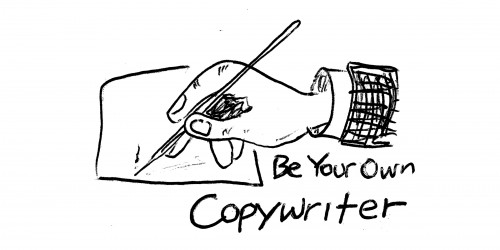Where does a copywriting project start? What comes first? A test page? Tone of voice? Key messages? Brand guidelines? Keywords?
When a client comes to me, particularly if they’re a new client, I usually insist that we build the brief first.
My clients are often in a hurry. Many clients arrive after struggling to produce their own copy. They’re usually close to their deadline and eager to start NOW. And while my accommodating nature inclines me to acquiesce, I’ve been a copywriter for long enough to know that it pays to slow down and build the foundation. Instead of jumping in and writing stuff, I know it’s better to step back and think about the big picture.
By taking a little time to write a brief you can ensure that both client and copywriter have the same vision of the project. Writing a brief can prevent delays, snags and miscommunication. Writing a brief can ensure that the client gets what they want – which means the copywriter gets paid and everyone stays happy.
Briefs often evolve, or they may take the form of a flurry of emails from the client. It can be fruitful to adapt these rough notes and additions into a proper brief, especially if you begin to feel that some of the pointers or direction is conflicting.
So what should go into your copywriting brief? That’s a subject for another blog post. Adieu!


